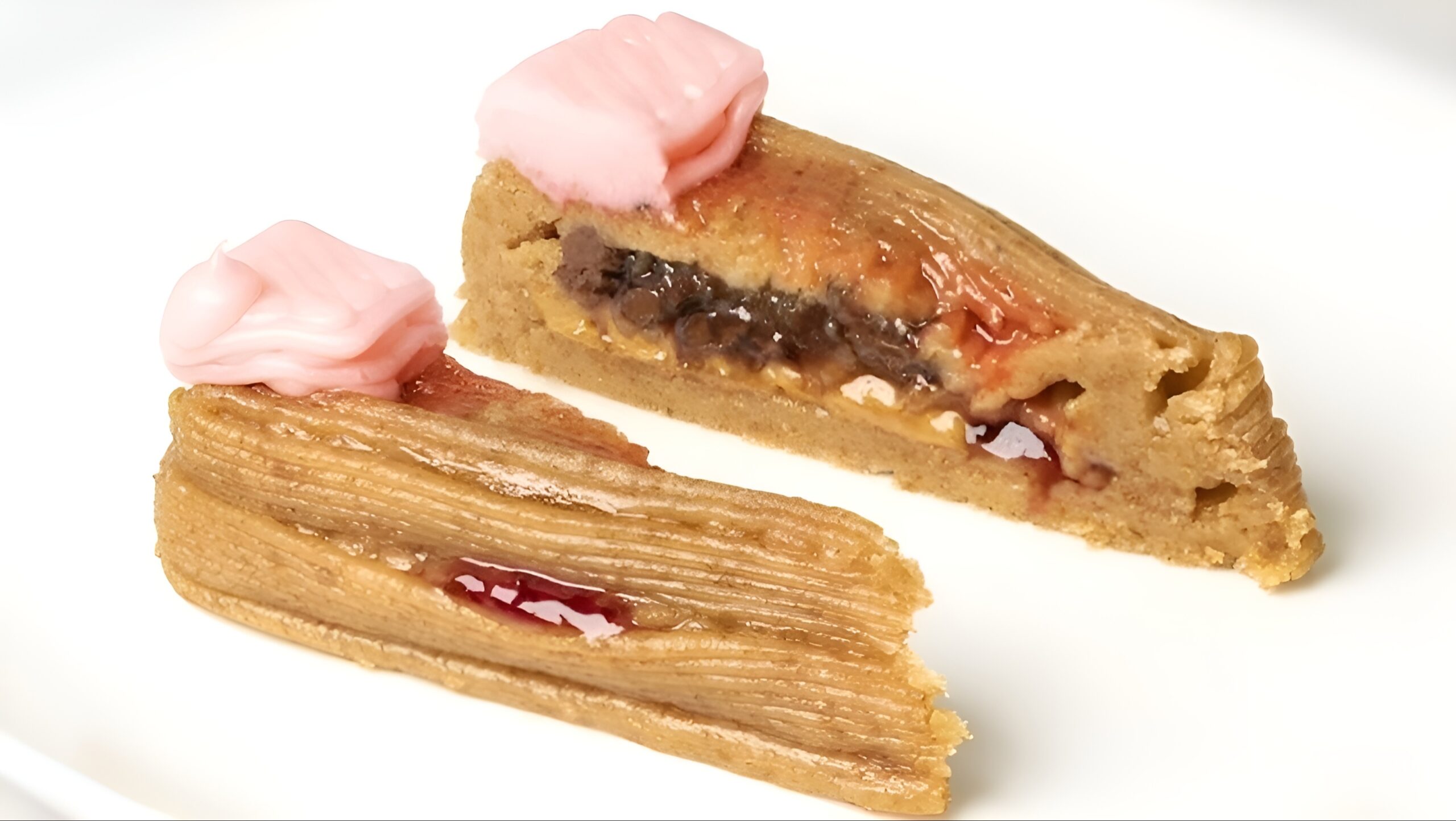
Engineers at Columbia University are exploring the potential benefits and challenges of 3D food printing. This emerging technology, involving cooking devices such as 3D printers, lasers, and software-driven processes, could soon revolutionize our kitchens, potentially replacing conventional appliances like ovens and microwaves.
Jonathan Blutinger, a postdoctoral fellow at Columbia’s Creative Machines Lab, along with Professor Hod Lipson and Professor Christen Cooper from Pace University Nutrition and Dietetics, have examined the complexities of this technology in a recent article published in npj Science of Food.
Significant achievement
The researchers examined the potential of 3D-printed food to enhance nutrition, improve food safety, and offer customizable meal options.
A significant achievement of Blutinger’s team was their development of a 3D-printing system capable of creating multi-layered food items, such as a complex cheesecake composed of seven different ingredients, including peanut butter, Nutella, and strawberry jam.
This breakthrough challenges the previous limitations of 3D food printing, which was restricted to uncooked ingredients and often resulted in unappealing dishes.
Customizing nutrition
One of the most striking aspects of this technology is its potential to customize nutrition. As Professor Cooper notes, while 3D-printed food is still processed, it offers an opportunity for more precise nutrient control, which can be especially beneficial for individuals with specific dietary needs.
This aspect of personalization is particularly relevant in the context of plant-based meat alternatives, where texture and flavor are critical.
Health implications
The researchers also emphasize the health implications of 3D food printing. “We have an enormous problem with the low-nutrient value of processed foods,” said Cooper.
“3D food printing will still turn out processed foods, but perhaps the silver lining will be, for some people, better control and tailoring of nutrition–personalized nutrition. It may also be useful in making food more appealing to those with swallowing disorders by mimicking the shapes of real foods with the pureed texture foods that these patients–millions in the U.S. alone–require.”
Unique food experiences
Another promising avenue is the use of laser cooking with 3D food printing, allowing for precise flavors and textures.
This can create unique food experiences and cater to specific dietary restrictions, making meal planning more convenient for various groups, including athletes and individuals in nursing homes.
Challenges remain
However, challenges remain in commercializing 3D food printing. “Because 3D food printing is still a nascent technology, it needs an ecosystem of supporting industries such as food cartridge manufacturers, downloadable recipe files, and an environment in which to create and share these recipes.”
Furthermore, the experts note that printed food will likely require novel ingredient compositions due to the unique assembly process.
Food safety
The technology could also improve food safety, which is especially relevant in the post-COVID-19 era. “With more emphasis on food safety following the COVID-19 pandemic, food prepared with less human handling could lower the risk of foodborne illness and disease transmission. This seems like a win-win concept for all of us,” said Blutinger.
While 3D-printed food technology holds immense promise for transforming how we cook and consume food, it also presents a range of challenges that need to be addressed. The Columbia team is paving the way for further research and development in this exciting field.
Image Credit: Jonathan Blutinger/Columbia Engineering
Like what you read? Subscribe to our newsletter for engaging articles, exclusive content, and the latest updates.
—-
Check us out on EarthSnap, a free app brought to you by Eric Ralls and Earth.com.
